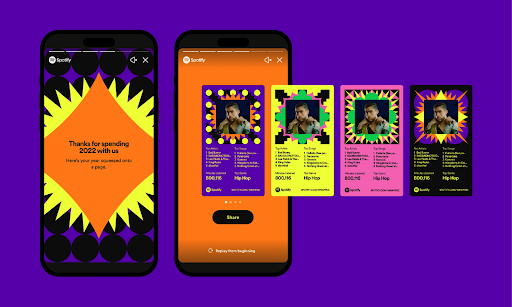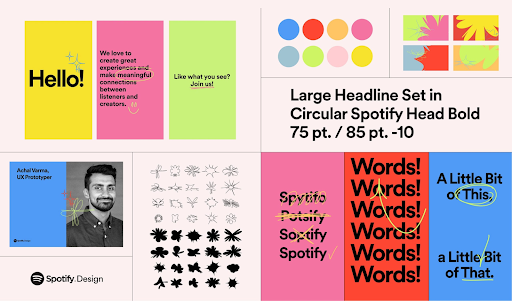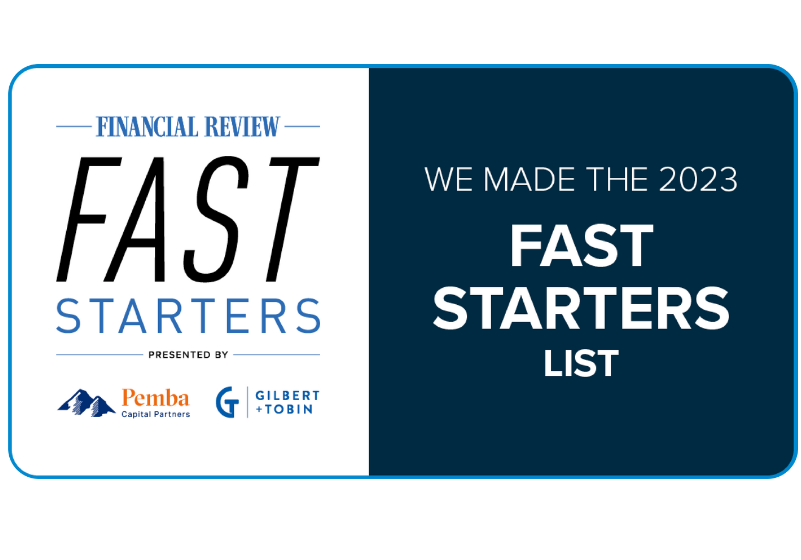In today’s digital-first world, customers engage with brands across a wide range of platforms: social media, websites, mobile apps, emails, retail environments, and more. With so many touchpoints, keeping your brand consistent isn’t just helpful, it’s essential to building recognition and trust!
Why Consistency Matters
Brand consistency means presenting your business in a unified way across every channel. This includes your visuals (like logo, colors, and fonts), your messaging, your tone of voice, and the overall experience you deliver.
Here’s why consistency is such a powerful tool:
- It builds trust. When customers encounter the same brand experience wherever they go, it signals professionalism and reliability.
- It boosts brand recognition. A cohesive brand look and voice makes it easier for customers to recognise and remember your business.
- It reinforces your messaging. A consistent brand message ensures your values and story come across clearly, no matter the platform.
- It improves performance. Unified branding increases the effectiveness of your campaigns and reduces confusion for your audience.
Multi-Channel Does Not Mean Multiple Personalities
A common mistake businesses make is changing their brand identity too much depending on the platform. While your content should adapt to the format of each channel, your brand personality should stay consistent.
For example:
- A LinkedIn post might be more in-depth and educational.
- A Facebook post might be more community-focused and conversational.
- An Instagram post might be more laid back and visual.
Each channel has its nuances, but your tone, values, and style should all reflect the same brand foundation.
How to Stay Consistent Across Channels
- Create Brand Guidelines. These should define your tone of voice, logo usage, color palette, font choices, image style, and core messages. Share them widely across your biz and with any external partners.
- Use Templates. Build branded templates for emails, social posts, internal documents and ads. This ensures consistency even when multiple people contribute to content creation.
- Centralise Brand Assets. Keep all your visual and written brand assets in a shared, easy-to-access location. This helps prevent version mix-ups and maintains quality.
- Train Your Team. Whether someone is answering a customer email or writing a blog post, everyone who speaks for your brand should understand how to reflect its personality and message.
- Review Regularly. Audit your channels on a regular basis to make sure your brand is showing up consistently. Look for visual or messaging discrepancies and make updates where needed.
Real-World Examples of Consistent Branding
- Spotify maintains a strong brand across its app, social media, playlists, and advertising. Whether you're seeing a playlist on Instagram or using the mobile app, the tone and visuals are immediately recognisable.
- IKEA delivers consistency across its catalogs, online store, in-store signage, and even its product packaging. The brand’s playful, practical, and affordable personality comes through everywhere.
- Airbnb ties its brand together with a consistent tone of voice, clean design, and storytelling. From the homepage to host emails, the feeling of connection and belonging remains strong.
Final Thoughts
Brand consistency across multiple channels creates a more powerful and memorable brand experience. It helps your audience trust you, recognise you faster, and connect with your values more deeply.
Being consistent does not mean being boring. In fact, it gives your creativity a strong foundation to grow from. The more consistent your brand feels, the more impactful your marketing becomes… no matter where your audience encounters you.











